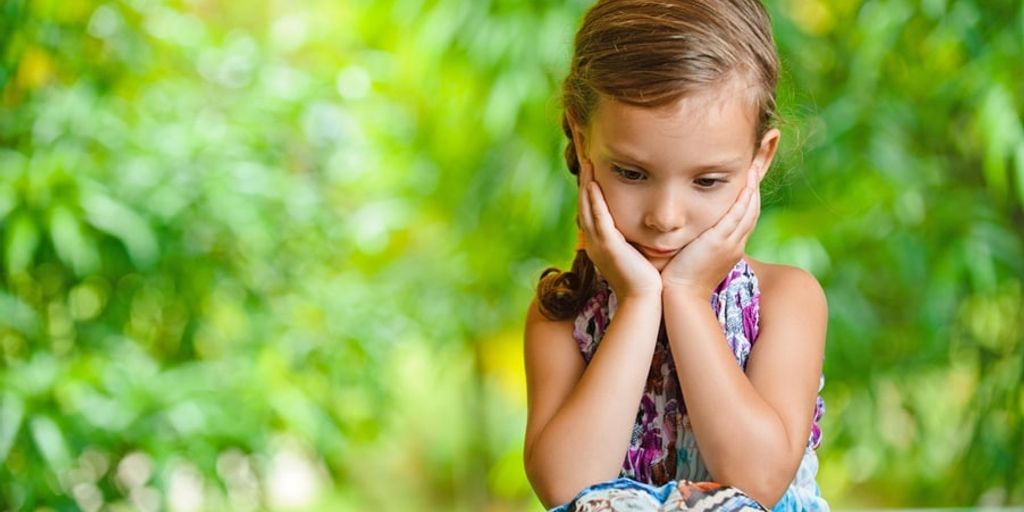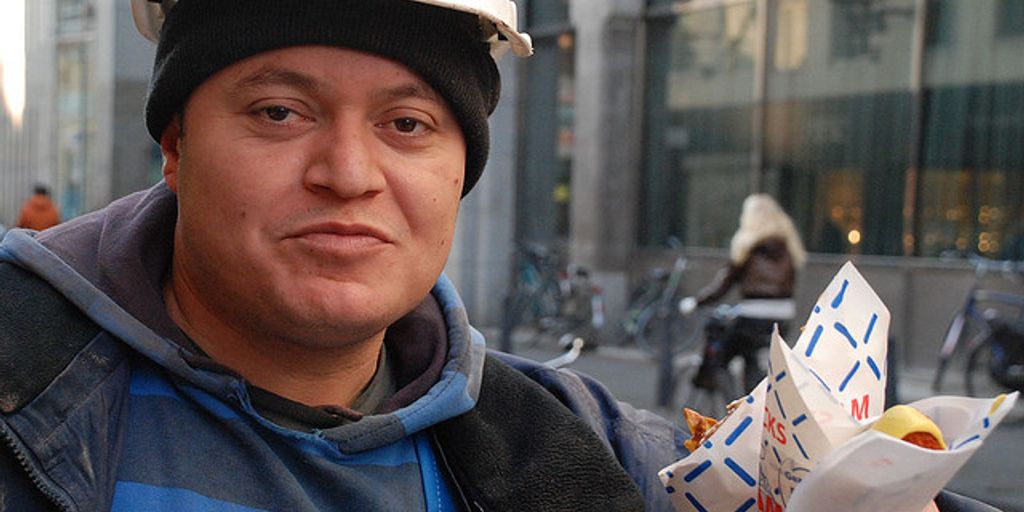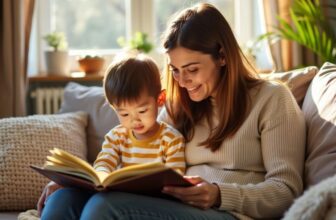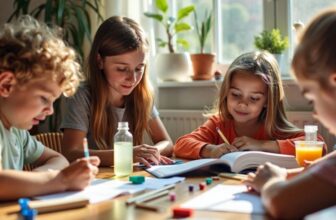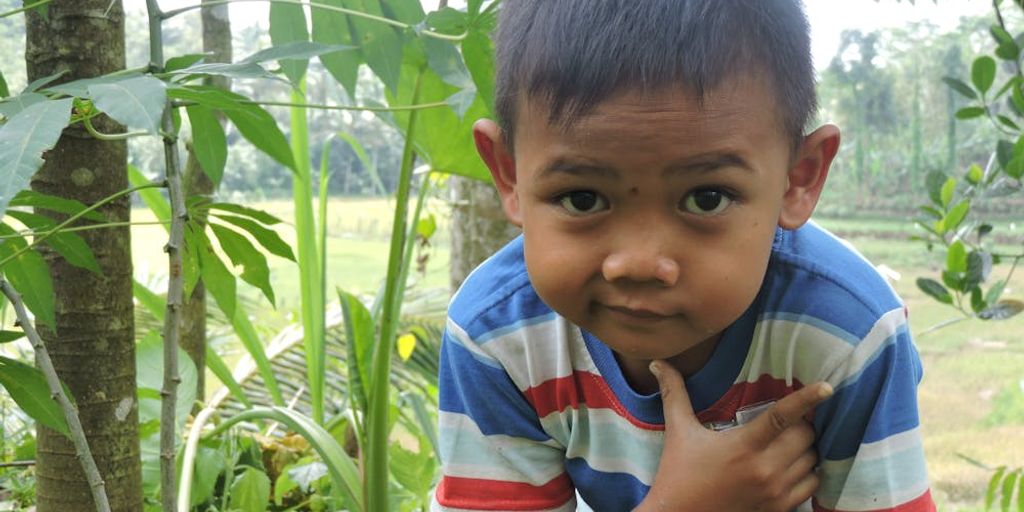
In today’s fast-paced world, finding effective and engaging ways to boost your child’s learning can be a challenge. However, incorporating educational activities into their daily routine can make a significant difference. From online games to hands-on experiments, these activities are designed to make learning fun and interactive. Here are the top 10 educational activities that can help enhance your child’s learning experience.
Key Takeaways
- Educational activities can significantly enhance a child’s learning experience.
- Incorporating both digital and hands-on activities keeps learning diverse and engaging.
- Activities like puzzle races and nature collages promote critical thinking and creativity.
- Science experiments such as the floating egg experiment make learning science fun and practical.
- DIY projects like homemade playdough and wind chimes encourage creativity and fine motor skills.
1. Playing Online Educational Games
Online educational games are a fantastic way to turn screen time into productive learning sessions. These games are designed to be both fun and educational, making them an excellent tool for reinforcing various subjects.
Benefits of Online Educational Games
Online educational games offer numerous benefits, including:
- Enhancing problem-solving skills
- Improving hand-eye coordination
- Reinforcing subject matter knowledge
Popular Platforms
Some popular platforms where you can find these games include:
- SplashLearn
- PBS Kids Games
- Math Blaster
Subjects Covered
These games cover a wide range of subjects such as:
- Math
- Reading
- Art and Creativity
- General Knowledge
- Logic & Thinking
One stop for learning fun! Games, activities, lessons – it’s all here!
How to Get Started
- Choose a platform that suits your child’s needs.
- Select games that align with their grade level and interests.
- Monitor their progress and adjust the difficulty level as needed.
For more ideas, check out the [blog page on lullabyandlearn.com](https://lullabyandlearn.com/blog/) featuring top strategies for family wellness, nutrition guide, work-life balance tips, child development activities, and parenting challenges.
2. Puzzle Race
Turn puzzle-solving into one of the competitive hands-on games. This activity not only enhances problem-solving skills but also adds an element of excitement.
Materials Needed:
- Two identical puzzles
- Timer
How to Do It:
- Divide participants into two teams.
- Start the timer and see which team completes their puzzle first.
Puzzle Race is a fantastic way to develop mental skills, hand-eye coordination, and concentration in children. The colorful puzzle racer kids car track set helps children develop these skills while having fun.
Benefits:
- Tests quick thinking and problem-solving skills
- Encourages teamwork and cooperation
- Provides a fun and engaging way to learn
3. Nature Collage

Encourage children to connect with nature through these fun learning activities for kids. A nature collage allows kids to explore their surroundings and use their findings to create beautiful art.
Materials Needed
- Cardboard or poster board
- Natural items (leaves, twigs, flowers, etc.)
- Glue
How to Do It
- Go on a nature walk and collect various items.
- Arrange the collected items on the cardboard.
- Glue them in place to create a beautiful nature-inspired collage.
Explore, find new things, get creative and have fun!
4. Fraction Pizza Party
Materials Needed
- Paper plates
- Colored paper or felt (red, yellow, brown) to represent different pizza toppings
- Scissors and glue
How to Do It
- Cut the paper plates into halves, quarters, and eighths.
- Ask kids to decorate each ‘slice’ with paper toppings.
- Mix and match the slices to create whole pizzas, discussing the fraction each slice represents.
Teach fractions in a delicious way by organizing a pizza party where kids can learn about halves, quarters, and eighths. This activity makes learning both fun and appetizing.
Slice into Fraction Games!
- Create different fraction combinations and ask kids to identify them.
- Use the pizza slices to demonstrate equivalent fractions.
- Turn it into a game by timing how fast they can assemble a whole pizza from various slices.
5. Magnetic Fishing Game
The Magnetic Fishing Game offers a hands-on experience that combines craft with play. Kids can create fish and then “fish” for them using a magnetic fishing rod. This activity is not only fun but also educational, providing a unique and interactive way to simulate a marine environment and offer a variety of cognitive benefits.
Materials Needed
- Paper or cardboard
- Markers or crayons
- Paper clips
- String
- Stick or dowel
- Small magnet
How to Do It
- Draw and cut out fish shapes from paper or cardboard.
- Attach a paper clip to each fish.
- Tie a string to the stick or dowel and attach the magnet to the other end.
- Scatter the fish on the floor and use the magnetic fishing rod to catch them!
Playing fun and educational games with this magnetic fishing set comes with a lot of developmental benefits too. While children cast and reel in their catch, they enhance their hand-eye coordination and fine motor skills.
6. Bead Counting and Sorting
This activity is excellent for teaching counting, sorting by color, and introducing basic addition and subtraction.
Materials Needed
- A variety of colored beads
- Small cups or containers for sorting
- String (optional, for making bead necklaces or bracelets)
How to Do It
- Spread out the beads and ask the child to sort them into different containers based on color.
- Once sorted, encourage counting the beads in each container.
- For older children, introduce concepts of addition and subtraction by adding or removing beads from the containers.
- Optionally, use the beads to create necklaces or bracelets, reinforcing counting and pattern-making skills.
It’s a great hands-on color activity for preschool. While sorting the perler beads by color, kids can learn color names, associate them with items in the room, and more.
7. Homemade Playdough
Making playdough at home is one of those classic hands-on projects that kids adore. It’s not only fun to make but also provides hours of creative play.
Materials Needed
- 2 cups of flour
- 2 cups of warm water
- 1 cup of salt
- 2 tablespoons of vegetable oil
- Food coloring
How to Do It
- Mix flour, water, salt, and vegetable oil in a bowl.
- Divide the dough into portions and add different food coloring to each.
- Knead until smooth and store in airtight containers.
Homemade playdough is a fantastic way to engage children in a creative and educational activity. The process of making it can be just as enjoyable as playing with the final product.
Benefits
- Strengthens fine motor skills
- Encourages creativity
- Provides a therapeutic outlet for emotions like anger and frustration
8. Floating Egg Experiment
This science experiment offers kids a hands-on experience with density and buoyancy, teaching them why certain objects float in water while others sink.
9. Shape Sorting Fun
Shape sorting is a fantastic way to introduce basic geometry and sorting skills to young children. It’s perfect for teaching kids about different shapes and their properties. This activity not only enhances their understanding of shapes but also improves their hand-eye coordination and problem-solving skills.
Materials Needed:
- A variety of shapes cut from paper or cardboard (circles, squares, triangles, etc.)
- Labeled containers or areas for each shape
How to Do It:
- Spread out the different shapes.
- Ask the children to sort the shapes into the corresponding labeled containers or areas.
- Discuss the properties of each shape (e.g., number of sides, angles).
Shape sorting is a fun and educational activity that engages children in learning while they play. Join the fun and learning with our shape sorting blog!
10. DIY Wind Chimes
Crafting wind chimes is a delightful way to combine art with science. Kids can explore sounds and vibrations while creating a beautiful piece for the garden.
Materials Needed
- String or yarn
- Beads, shells, or old keys
- A stick or dowel
- Paints (optional)
How to Do It
- Paint the stick or dowel if desired and let it dry.
- Tie strings of varying lengths to the stick.
- Attach beads, shells, or keys to the other end of the strings.
- Hang the wind chime outside and enjoy the soothing sounds.
These are some fun, frugal, pretty and easy to make, homemade, upcycled wind chimes that the kids can make! You’ll love how simple these are to make!
Conclusion
In conclusion, the top 10 educational activities we’ve discussed offer a diverse range of opportunities to boost your child’s learning in fun and engaging ways. From hands-on experiments to creative art projects and interactive games, these activities are designed to cater to different learning styles and interests. By incorporating these activities into your child’s routine, you can foster a love for learning and help them develop essential skills that will benefit them both academically and personally. Remember, the key to effective learning is to make it enjoyable and relevant to your child’s experiences. So, dive in and start exploring these activities to create a rich, educational environment for your child.
Frequently Asked Questions
What are some good online educational games for kids?
Good online educational games include math games like Addition Symbol Game and Multiplication Expression Game, as well as creative games like Dinosaur Coloring Adventure Game.
How can I make learning fun for my child?
You can make learning fun by incorporating hands-on activities such as playing educational games, doing science experiments, and engaging in art projects.
What is a Puzzle Race?
A Puzzle Race is a fun and competitive activity where children race to complete puzzles. It helps improve problem-solving skills and hand-eye coordination.
How does a Nature Collage help in learning?
A Nature Collage helps children learn about different natural elements by collecting leaves, flowers, and other items to create a collage. This activity promotes creativity and environmental awareness.
What is a Fraction Pizza Party?
A Fraction Pizza Party is an educational activity where children learn about fractions by creating pizzas with different toppings representing different fractions. It makes learning fractions fun and relatable.
Can educational activities be done both indoors and outdoors?
Yes, educational activities can be done both indoors and outdoors. For example, online educational games and puzzles can be done indoors, while nature collages and magnetic fishing games can be done outdoors.

